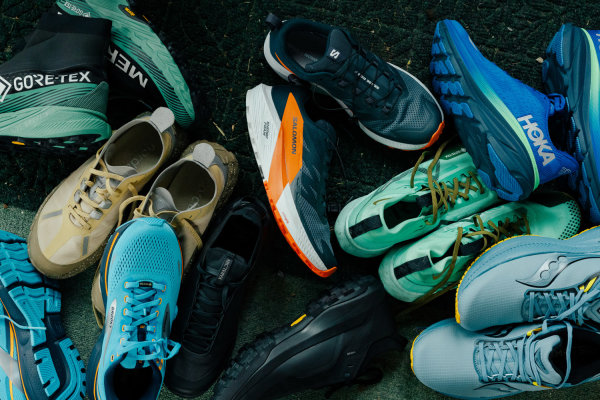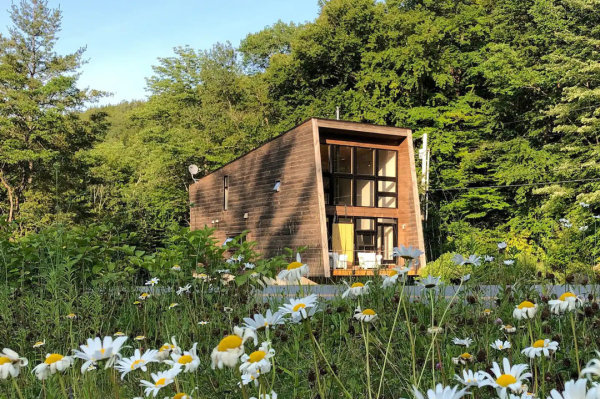The goal of the trip was to trip was to better understand the effects of the proposed, 220-mile Ambler Road on the Brooks Range and nearby native communities. The road would open up massive pit mining opportunities, yet access zero villages, and be closed to the public. We had read and researched the projected economic costs and potential biological and ecological impact, but we wanted to see, feel, and most importantly, understand the consequences of the massive infrastructure project first hand . This need drove us to spend two weeks in the Arctic, traversing the Arrigetch Peaks and paddling the Alatna River, two areas that would be greatly affected, as well as spending time in Allakaket, a small native village.
The first half of our trip was spent in the mountains, hiking 10+ miles per day, in weather best defined as challenging—heavy rain, wind, sleet, and even a little snow. Average temperatures were in the mid-40s, with night temps dropping well below freezing. A lot of energy was spent staying warm and dry.
The second half of our trip took place on waterways, paddling downstream 160 miles from the middle of the Brooks Range to the confluence of the Alatna and Kobuk Rivers. We only saw a handful of people along the way and the entire route is in grizzly country–we spotted three, all from a safe distance, thankfully.
Our experience in Gates of the Arctic National Park and Preserve was enlightening. It's a truly wild place, unlike anything in the rest of the US. It's humbling to travel through–often the inside of your tent is the only safe refuge. Seeing the road corridor and right-of-way was surprisingly infuriating. We knew that we wanted to fight the project, but seeing the exact place the road could be built was tragic. I'm not one for hyperbole, but this wilderness is truly a holy place, and paving a road across it would be nothing short of sacrilegious. That feeling and our chance to connect with local small business owners and other researchers certainly motivated the team to continue to fight for the protection of the land.
The team—a biologist, conservationist, and a dirtbag who's done extensive land restoration work–will each continue to work towards protecting this land their own means. For me this means writing, sharing photos, and pushing others to take action–even if that is convincing just one other person that this is a critical issue.
The Brooks Range should, without a doubt, stay wild.



























